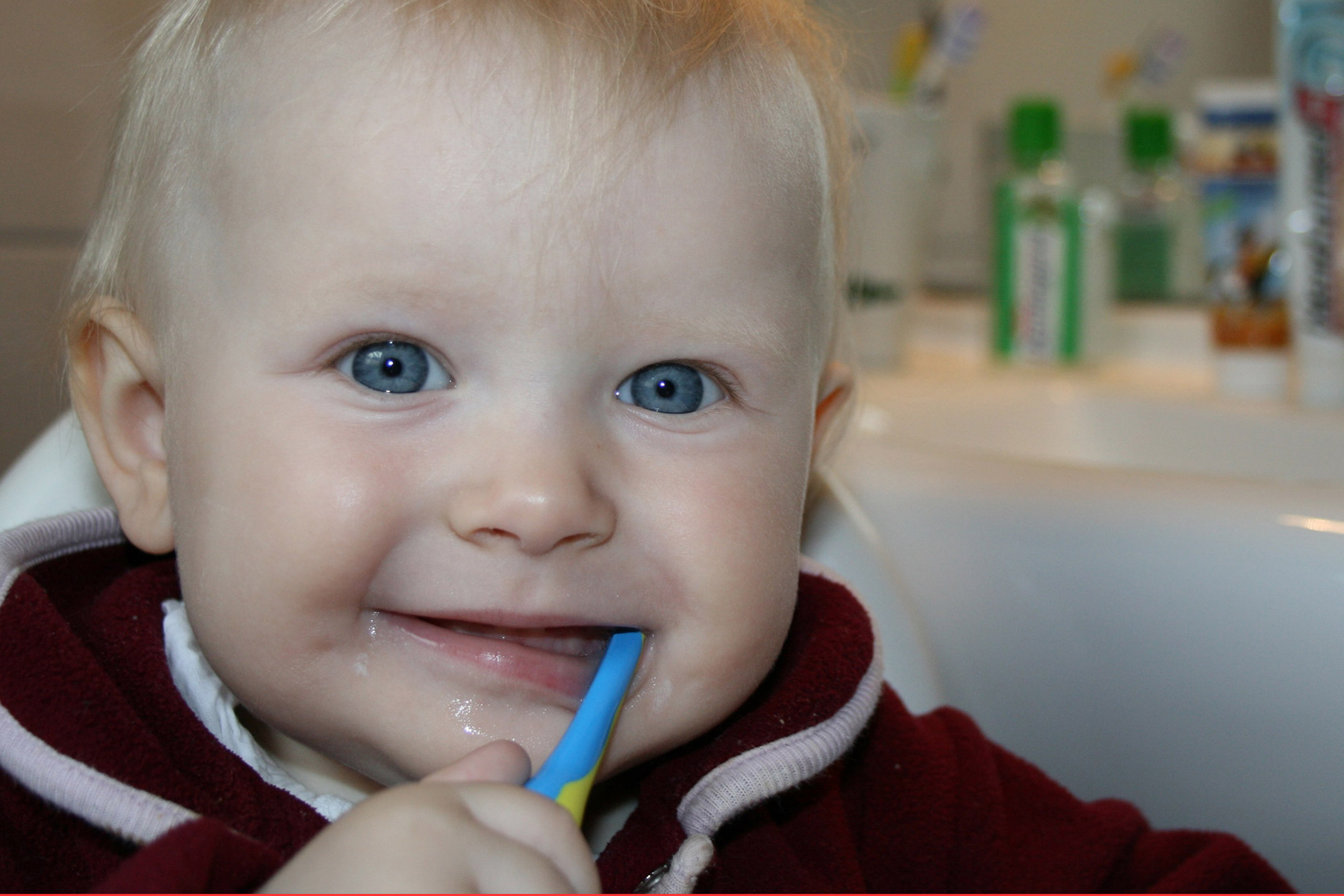
07 Aug The Untold Facts About Baby’s Oral Health
For Dental Health Week (August 7-13), the Australian Dental Association (ADA) gives a friendly reminder that the lack of oral health information provided to new parents regarding their baby’s dental care could be a lifetime of problems with their teeth.
While parenting focuses on various aspects, dental health often takes a back seat, leading to alarming statistics:
34% of kids aged 5-6 have had tooth decay,
70% of kids aged 9-13 consume excessive sugar, and
27% of children aged 5-10 suffer from untreated tooth decay.
To promote better oral hygiene for children, the ADA recommends simple steps:
∞ brushing twice a day with fluoride-containing toothpaste,
∞ flossing when baby teeth touch, and
∞ regular dental check-ups.
Parents should begin brushing their baby’s teeth with a soft-bristled toothbrush and water as soon as the first tooth appears. Introduce fluoride toothpaste at 18 months, and encourage children to spit out excess toothpaste without rinsing to avoid swallowing too much.
- Parents can use phone apps or play their child’s favorite song for a two-minute brushing routine.
- Flossing should start when two teeth touch, and flossettes are recommended for little mouths.
- Night-time bottle feeding can lead to tooth decay, so after six months, offer water instead of formula or juice.
The first dental visit should happen when the first tooth appears or by the age of one, preferably without tooth pain to ensure a positive experience. Parents may find putting their child on their lap comforting during early dental appointments.
At six years old, adult molars erupt without requiring baby teeth to fall out. Parents should continue to supervise brushing until around age eight, ensuring children have the manual dexterity to brush properly. By following these oral healthcare basics, parents can safeguard their child’s dental health from an early age.

